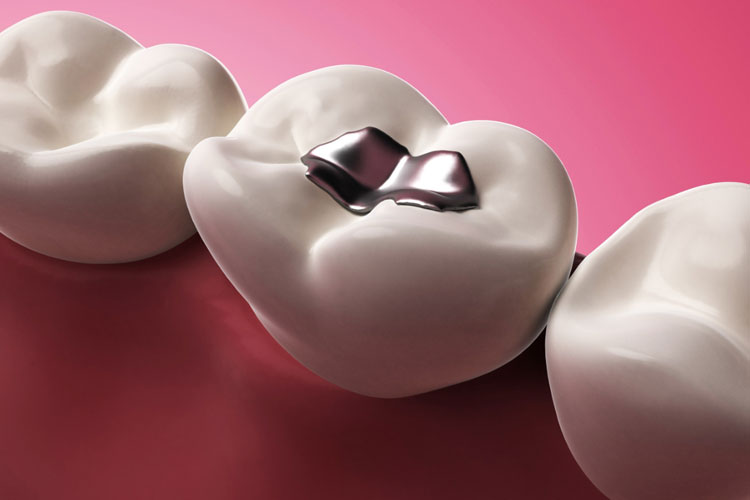How Accurate Is Cephalometric X Ray? Expert Insights

Cephalometric X-rays have been a cornerstone in orthodontic diagnosis and treatment planning for decades. These specialized radiographs provide a detailed, two-dimensional representation of the craniofacial structures, allowing practitioners to assess the relationship between the teeth, jaws, and surrounding facial bones. However, the accuracy of cephalometric X-rays has been a topic of discussion among experts, with some debating their reliability in certain contexts.
To understand the accuracy of cephalometric X-rays, it’s essential to first comprehend their limitations. One of the primary limitations is the two-dimensional nature of the image, which can lead to distortions and overlap of structures. This can make it challenging to accurately measure and assess the position and orientation of certain craniofacial landmarks. Additionally, cephalometric X-rays are typically taken with the patient in a standardized position, which may not reflect the patient’s natural head position or functional occlusion.
Despite these limitations, cephalometric X-rays remain a valuable tool in orthodontic diagnosis and treatment planning. When interpreted by an experienced practitioner, these radiographs can provide a wealth of information on the patient’s craniofacial morphology, including the position and orientation of the teeth, jaws, and facial bones. This information can be used to identify potential issues, such as skeletal discrepancies, dental malocclusions, and airway obstruction, and to develop an effective treatment plan.
One of the key factors influencing the accuracy of cephalometric X-rays is the quality of the radiograph itself. A high-quality X-ray with good contrast and resolution is essential for accurate measurement and interpretation. Additionally, the use of digital cephalometric analysis software can enhance the accuracy of measurements and reduce the risk of human error.
In terms of specific accuracy, studies have shown that cephalometric X-rays can be accurate to within 1-2 mm for linear measurements and 1-2 degrees for angular measurements. However, the accuracy of these measurements can be affected by a range of factors, including the quality of the X-ray, the experience of the practitioner, and the specific measurement being taken.
To further improve the accuracy of cephalometric X-rays, some practitioners are incorporating additional imaging modalities, such as cone-beam computed tomography (CBCT) or magnetic resonance imaging (MRI). These modalities provide a three-dimensional representation of the craniofacial structures, allowing for more accurate measurements and assessments.
In addition to the technical aspects of cephalometric X-rays, it’s also important to consider the clinical context in which they are used. A thorough understanding of the patient’s medical and dental history, as well as a comprehensive clinical examination, are essential for accurate diagnosis and treatment planning. Cephalometric X-rays should be used as one tool among many, rather than relying solely on these radiographs for diagnosis and treatment planning.
In conclusion, while cephalometric X-rays have their limitations, they remain a valuable tool in orthodontic diagnosis and treatment planning. By understanding the limitations and potential sources of error, practitioners can use cephalometric X-rays in a more informed and effective manner. Additionally, incorporating additional imaging modalities and considering the clinical context can further enhance the accuracy and usefulness of these radiographs.
Comparison of Cephalometric X-Ray with Other Imaging Modalities
| Imaging Modality | Accuracy | Limitations |
|---|---|---|
| Cephalometric X-Ray | 1-2 mm (linear), 1-2 degrees (angular) | Two-dimensional, distortion, overlap of structures |
| Cone-Beam Computed Tomography (CBCT) | 0.1-0.5 mm (linear), 0.1-0.5 degrees (angular) | Radiation dose, cost, complex data analysis |
| Magnetic Resonance Imaging (MRI) | 0.1-0.5 mm (linear), 0.1-0.5 degrees (angular) | Cost, limited availability, complex data analysis |

Key Takeaways
- Cephalometric X-rays are a valuable tool in orthodontic diagnosis and treatment planning, but have limitations, including a two-dimensional representation and potential distortions.
- The accuracy of cephalometric X-rays can be influenced by the quality of the radiograph, the experience of the practitioner, and the specific measurement being taken.
- Incorporating additional imaging modalities, such as CBCT or MRI, can provide more accurate measurements and assessments.
- A thorough understanding of the patient’s medical and dental history, as well as a comprehensive clinical examination, are essential for accurate diagnosis and treatment planning.
Step-by-Step Guide to Interpreting Cephalometric X-Rays
- Evaluate the quality of the X-ray: Ensure the radiograph is of high quality, with good contrast and resolution.
- Identify craniofacial landmarks: Locate key landmarks, such as the sella turcica, nasion, and menton.
- Measure linear and angular dimensions: Use digital cephalometric analysis software to measure linear and angular dimensions, such as the SNA, SNB, and ANB angles.
- Assess the position and orientation of the teeth and jaws: Evaluate the position and orientation of the teeth and jaws, including the overjet, overbite, and molar relationship.
- Consider the clinical context: Integrate the cephalometric X-ray findings with the patient’s medical and dental history, as well as a comprehensive clinical examination.
Frequently Asked Questions
What is the primary limitation of cephalometric X-rays?
+The primary limitation of cephalometric X-rays is their two-dimensional nature, which can lead to distortions and overlap of structures.
How accurate are cephalometric X-rays?
+Cephalometric X-rays can be accurate to within 1-2 mm for linear measurements and 1-2 degrees for angular measurements.
What is the role of cephalometric X-rays in orthodontic diagnosis and treatment planning?
+Cephalometric X-rays provide a detailed representation of the craniofacial structures, allowing practitioners to assess the relationship between the teeth, jaws, and surrounding facial bones, and to develop an effective treatment plan.


